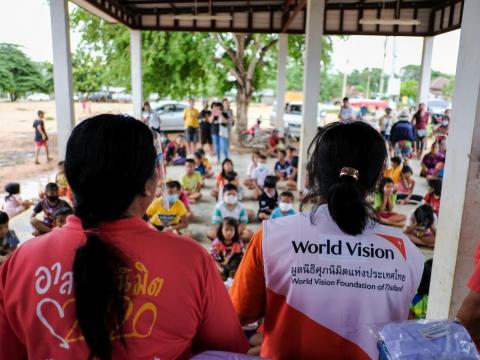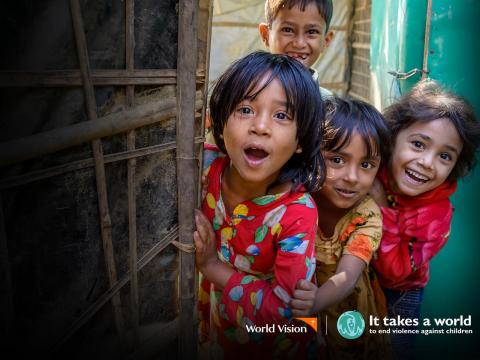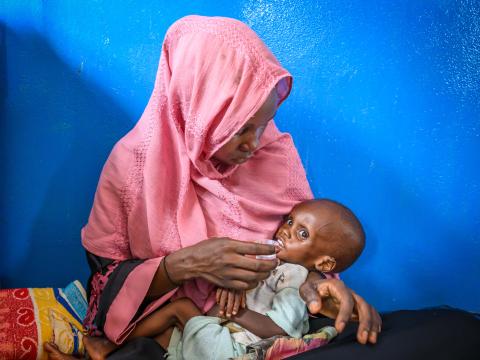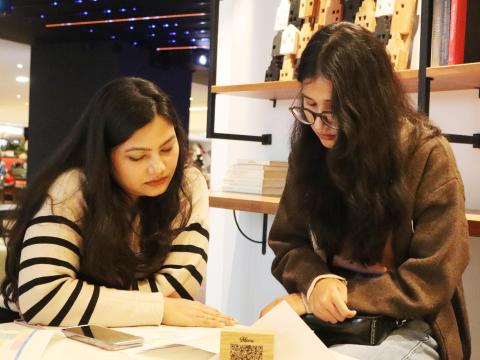
We Are Partners – And Why It Matters More Than Ever
Mike Wisheart and Ian de Villiers reflect on how partnerships that unlock greater impact are critical for the new future.
Polycrisis. Climate change. Humanitarian reset. Shrinking aid budgets.
The causes and results of child vulnerability are simply too complex for any one organisation to address alone. In the face of growing need and shrunken aid budgets, groups and organisations across the world need to be able to share their resources, innovate and learn together. We do this as partners, always placing local leadership and children's voices at the centre.
From its inception, World Vision has been rooted in partnership. When founder Bob Pierce witnessed the suffering of war-displaced children in Korea, the new organisation he led joined forces with Pastor Han Kyung Chik and Young Nak Church to care for widows and children. This spirit of collaboration has remained central to our mission: ‘we are partners’ is one of World Vision's six core values. Today, 75 years later, World Vision partners with over 13,000 diverse organisations, at global, regional, national and local levels, in more than 80 countries, standing alongside communities as they recover from crises and build brighter futures for their children. To build those partnerships to make the most difference, we take the following approaches.
Value creating
We achieve more together. We co-create because each partner brings unique strengths that together achieve what none could alone. And the result is greater impact through synergy, shared learning, innovation, influence, and income.
Our partnerships are diverse! Here are just two examples: in Ghana, World Vision partners with Polytank, a local business, to increase access to safe water, improve sanitation and build community resilience across the country. Supporting education, in the Dominican Republic, World Vision and Global Partnership for Social Accountability are bringing together schools, parents, government technicians and community leaders to evaluate and improve 60 schools, impacting 21,000 children.
Together, we expand reach, boost community trust, work more efficiently, and strengthen security, especially in fragile contexts.
Locally-led, globally-connected and sustainability-driven
Local actors lead lasting change. World Vision recognises they are present before and after we engage, so we focus on the role that best supports locally-led action for childrenʼs well-being. Globally, we work with partners to amplify the voices of children and influence change.
For example, at the global level as part of ENOUGH, our campaign to end child hunger and malnutrition, together with 4SD Foundation we led Nutrition Dialogues, enabling 346 dialogues in 54 countries for 12,000 people on challenges and solutions. These dialogues informed a powerful call to policymakers at the Nutrition for Growth Summit in Paris, March 2025.
More locally, we measure our contributions to organisational strengthening. In the last two years, across 72 countries, we have contributed to 4,271 diverse local organisations becoming stronger and more capable of leading and sustaining good change for children in their communities.
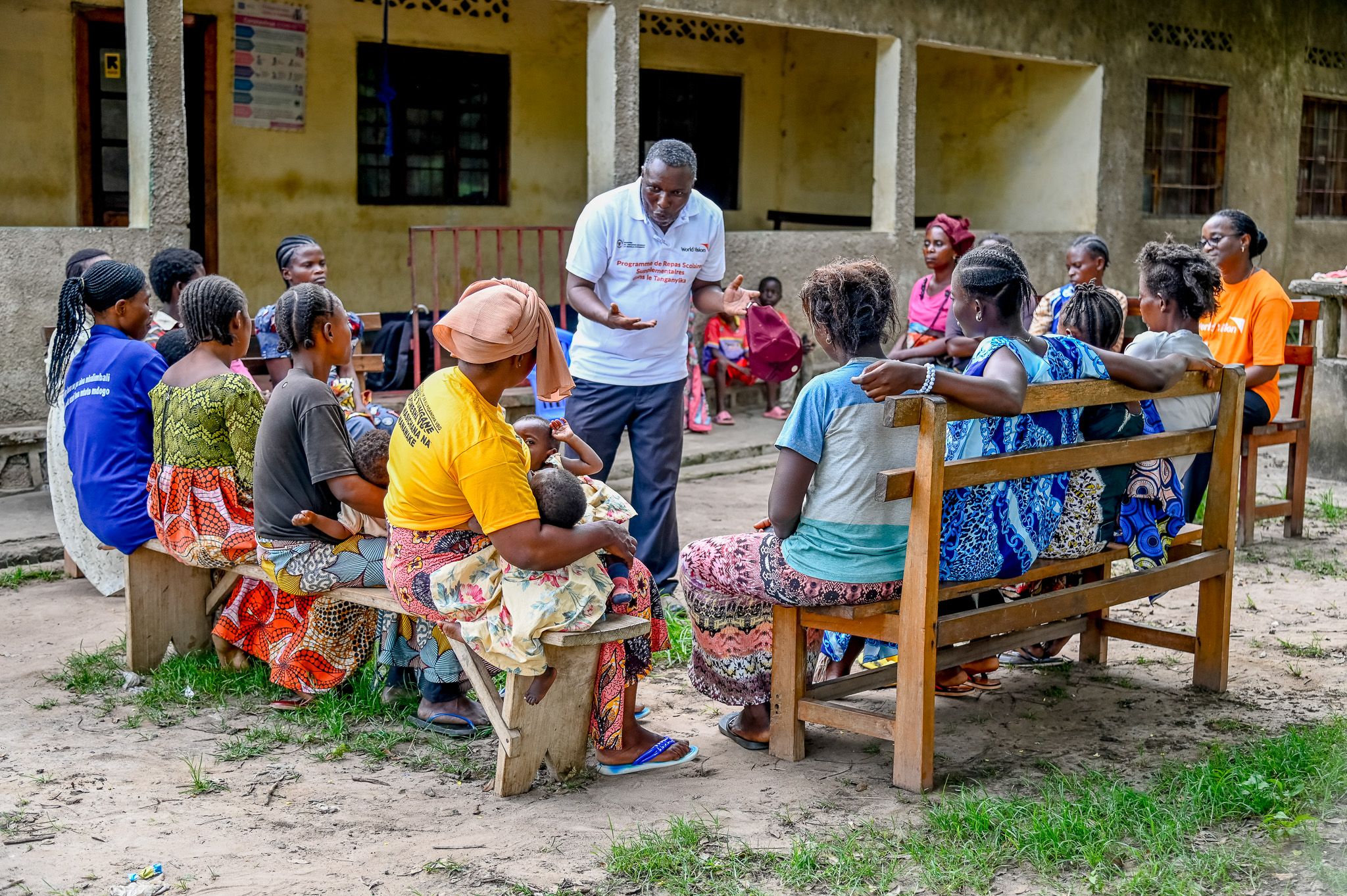
Principled and equitable
Partnerships thrive on trust. So we commit to mutual accountability and proactive risk management. In our partnerships, we always seek shared value, respecting and valuing others’ contributions, considering and managing power dynamics appropriately, and communicating openly and responsively.
Putting this into practice, World Vision teams regularly conduct ‘partnership performance and health checks’. In the Democratic Republic of Congo, for instance, the team engaged 214 partners in this process last year. Of those, 178 were assessed as both effective and healthy, reflecting a strong foundation of mutual trust. Based on the findings, collaborative action plans were developed to further strengthen each partnership, reinforcing World Vision’s dedication to continuous improvement and shared accountability. We seek to ensure every partnership is positive, from start to finish.
Committed to equitable and effective partnership, we have been testing our approaches and practices, with both our first global partner survey, which you can read about here, and a deep dive to listen carefully to partners in Ukraine here.
Working together toward a better future
In a world marked by complexity and crisis, partnership is not just a strategy—it is a necessity. At World Vision, we believe that when we walk together, we go further. Partnership is a way of working that transforms lives. Every child deserves a future filled with hope, and by joining hands with communities, local leaders, and global allies, we can play our role in making that future possible.
We remain steadfast in our belief that the most powerful solutions are born from unity, humility, and shared purpose. Together, we are not only responding to today’s challenges—we are building resilient systems, nurturing local leadership, and creating lasting change. When we say “we are partners,” we are declaring our belief in a better world—one where every child can thrive, and no one is left behind. That’s our imperative to mobilise our resources and strengths through equitable partnerships to make that vision possible.
To learn more about just some of World Vision's partners click here
Mike Wisheart is Director, Global Partnerships for World Vision International, focused on ensuring that our most strategic partnerships deliver the greatest impact possible for vulnerable children around the world. He has co-authored several publications focused on organisational development for more effective partnering and policy papers focused on the role of business in development, cross-sector partnerships, and multi-stakeholder platforms.
Ian de Villiers is Senior Partnering Advisor, providing strategic leadership and capability development in working with partners across the World Vision family, including work on civil society, locally-led development and capacity sharing.
